Kitchen Plumbing Services
Premium Kitchen Plumbing Service You Can Count On
Hassle-Free Home Plumbing Service
Quality Installation of Faucets, Sinks, Dishwashers, and More
Free and Accurate Estimates
Repair, Replace, or Rebuild Your Kitchen’s Plumbing
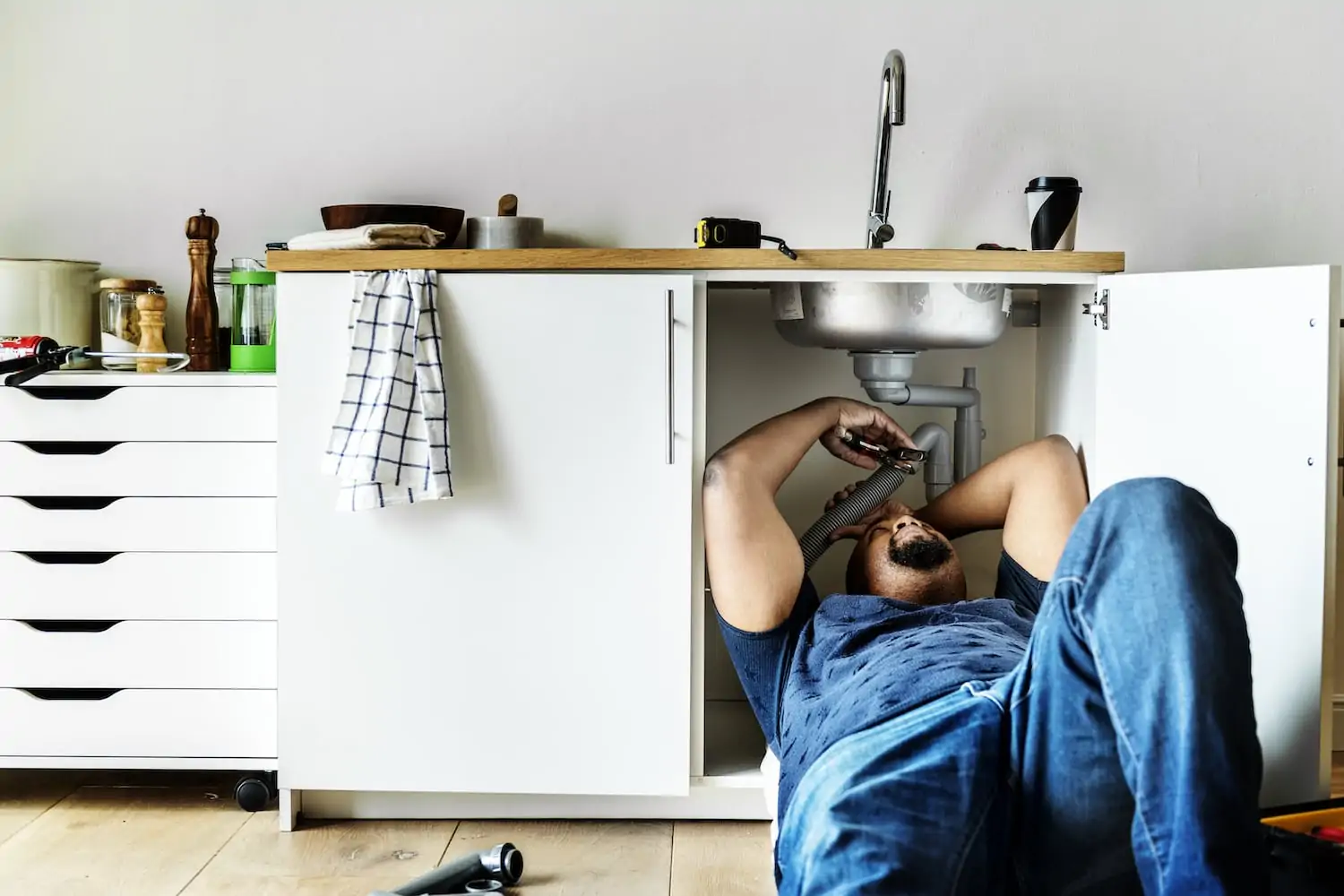
Whether you need to replace an aging faucet, repair a leaking sink or fix that pesky dishwasher, our technicians will take care of it. No matter what the problem is with your kitchen plumbing system or if you’re a new build needing a fresh install, we will be there from start to finish. Our plumbers have the experience and knowledge to get your plumbing system in the best shape possible.
Thorough Plumbing Inspections and Estimates
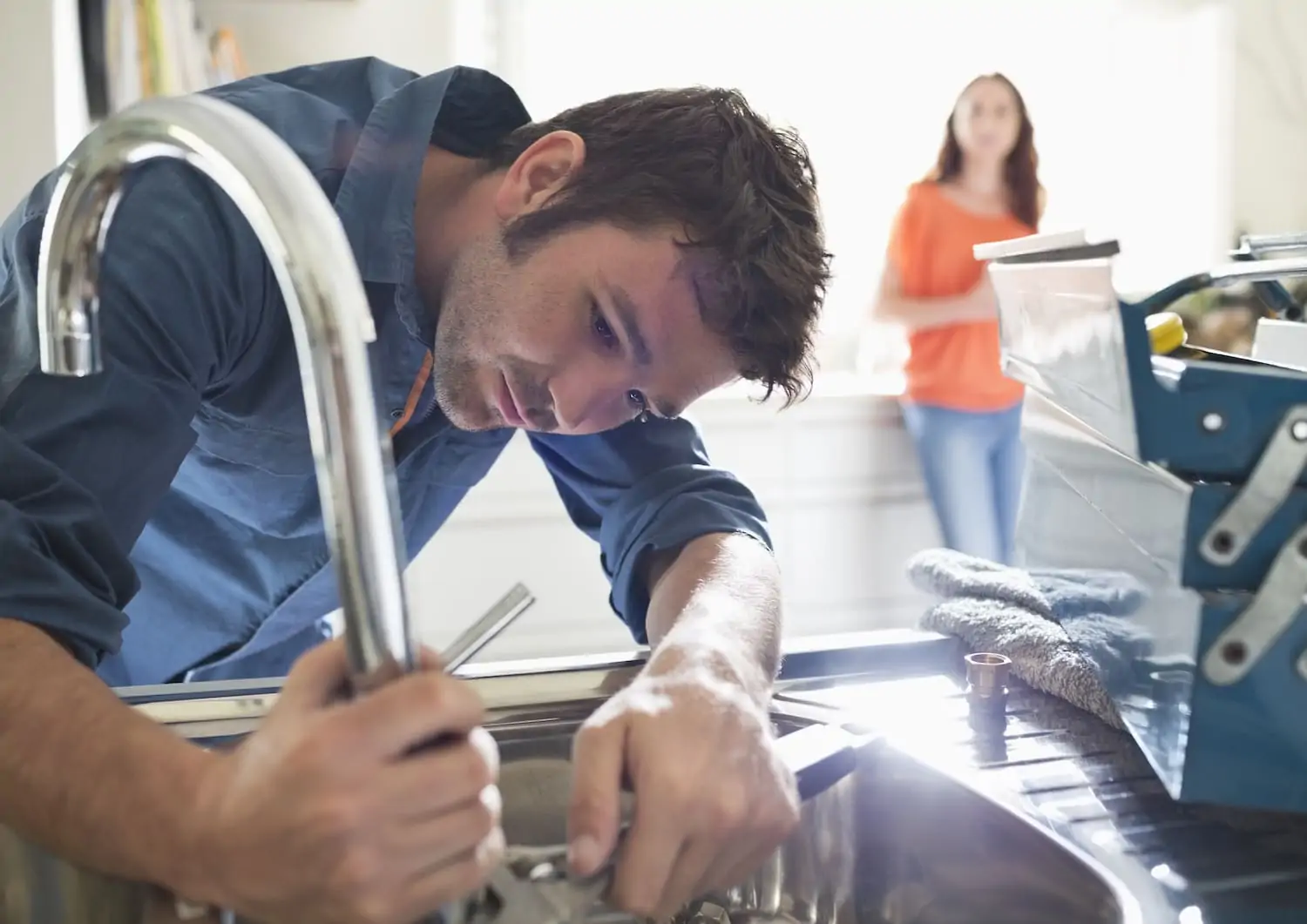
We’ll come out to your home for a no-hassle, free consultation where we will look at any problem areas you may have as well as take measurements of anything that needs to be replaced or repaired. We’ll come up with an accurate estimate and a plan of action to get started on your new or existing kitchen plumbing and fixtures.
Kitchen Plumbing Services
Garbage Disposal Installation
Garbage Disposal Installation Services
Learn More
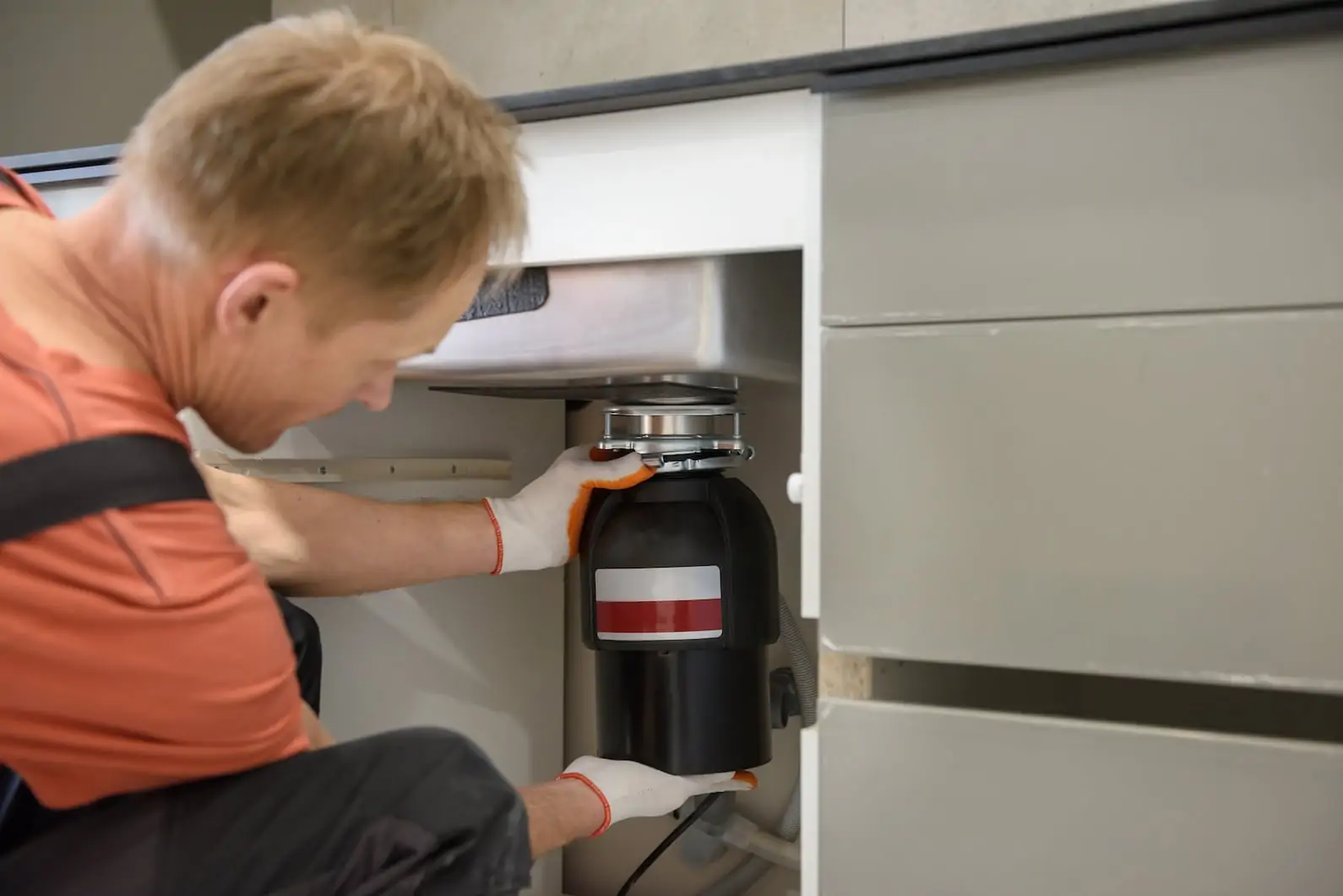
Kitchen Remodel
Make your vision for your kitchen a reality with expert service.
Learn More
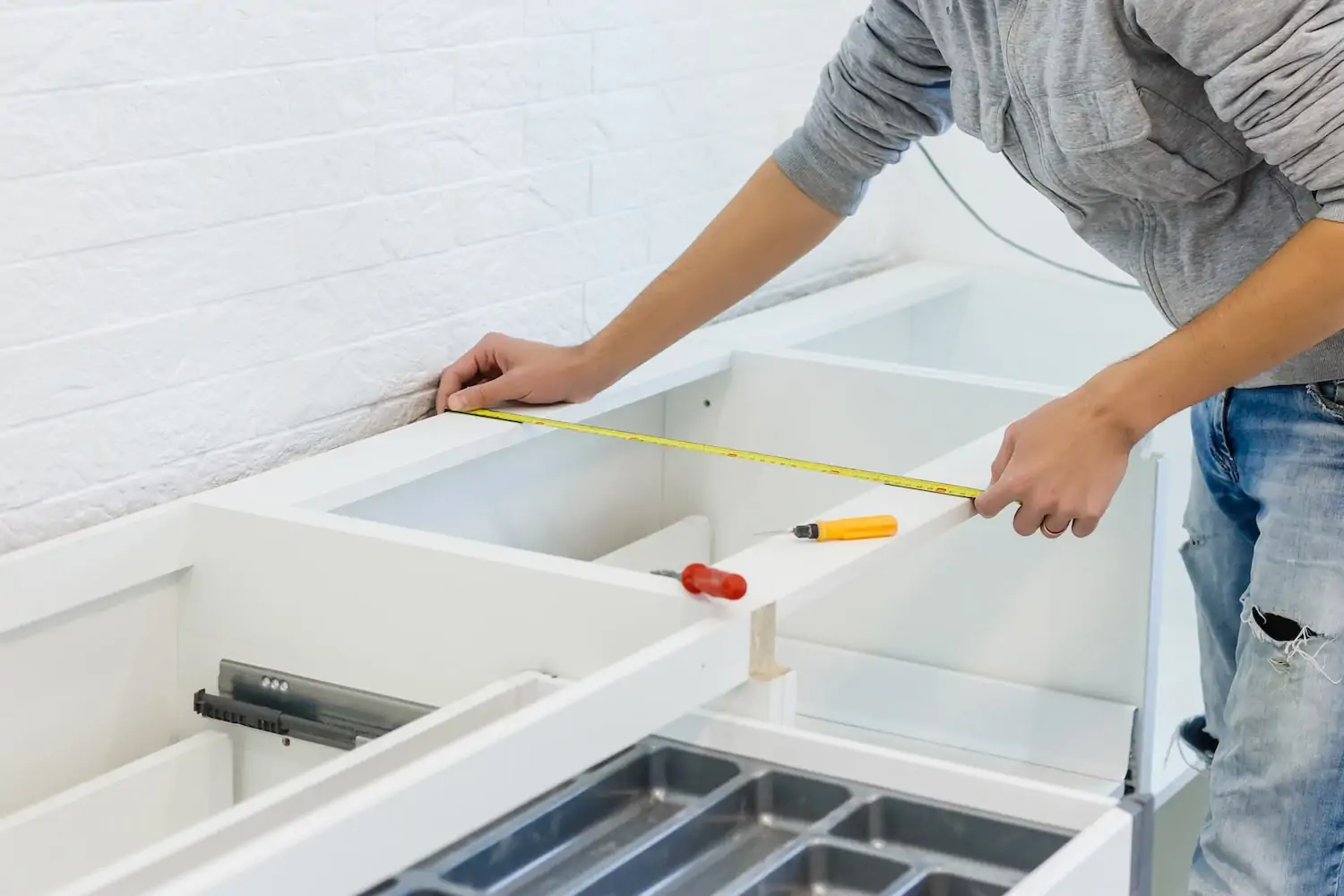
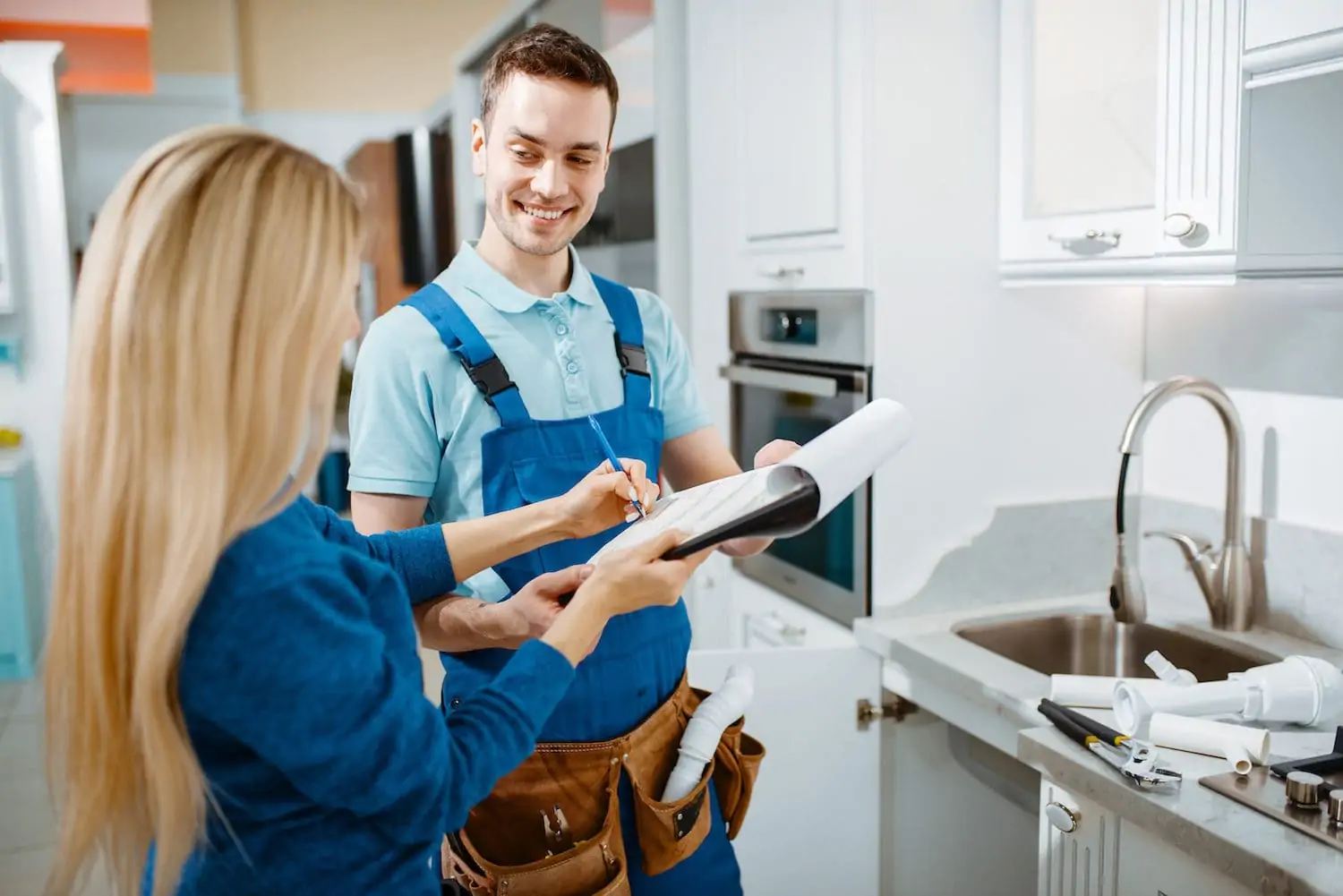
State of the Art Plumbing Fixtures
4Front Energy has partnerships with the finest plumbing showrooms in the Twin Cities Metro area. We are able to offer competitive pricing and the best brands in plumbing fixtures around, ensuring you get only the best and highest quality fixtures for your home.
Frequently Asked Questions
How long does it take to install a new sink?
It usually takes one day, or two days at the most for more custom jobs. Usually, only one plumber is needed for the installation of sinks and faucets, so we can be in and out in no time.
What happens if I have old copper piping under the sink that needs replacing?
If you don’t want to replace your entire plumbing system, we can replace that section of piping with new copper and/or PVC.
How much does a typical kitchen plumbing remodel cost?
This completely depends on a number of factors: how many fixtures are being replaced, whether you need new pipes, and if you are moving the sink or other plumbing appliances. To give you a ballpark answer, the national average of a full kitchen plumbing remodel is between $4,000 and $8,000, and we can discuss in detail upon our initial consultation.
The Quality Workmanship You’ve Been Looking For (952) 933-1868
We show up on time for our appointments with a clean uniform and full tool bag. We’re a fully licensed plumber that has been in business since 1998, and our service staff is always professional. We will cater to your needs and treat your home as if it were our own. Call us today to get started!

